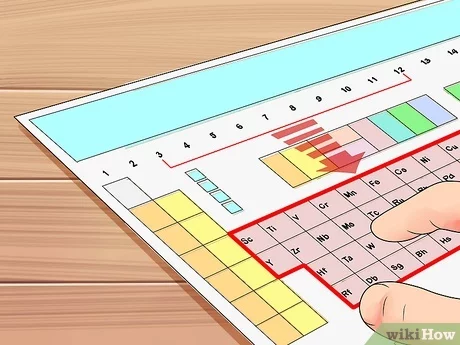How to Find Valence Electrons: 12 Steps

Step 1: Know Your Periodic Table
Familiarize yourself with the periodic table. The table is divided into rows called periods and columns called groups. Understanding the layout and organization of the elements is essential to finding valence electrons.
Step 2: Understand Atomic Structure
An atom contains protons, neutrons, and electrons. Electrons orbit around the nucleus in layers known as energy levels or shells. Valence electrons are those in an atom’s outermost shell.
Step 3: Learn About Valence Electrons
Valence electrons determine an element’s chemical properties and its ability to bond with other elements. Elements in the same group have the same number of valence electrons.
Step 4: Locate the Element on the Periodic Table
Find the element for which you want to determine the number of valence electrons on the periodic table.
Step 5: Identify the Group Number
Determine the group number of the element you are working with. The group number is located at the top of each column and correlates to the number of valence electrons for elements in that column.
Step 6: Main Group Elements
For main group elements (Groups 1, 2, and 13-18), simply use their group number to determine valence electrons. For example, sodium (Na) is in Group 1 and has one valence electron.
Step 7: Transition Metals
Transition metals, located in Groups 3-12, have a more complex electron configuration. Typically, these elements have two valence electrons. Understanding their electron configuration will help you better approximate their valence electrons.
Step 8: Identify Electron Configuration
Refer to a comprehensive electron configuration chart or use specific rules to write out an element’s electron configuration. This will include information about each energy level and subshell.
Step 9: Find Outermost Shell
In the electron configuration, locate the outermost or highest energy level. The electrons within this shell are your valence electrons.
Step 10: Count Valence Electrons
Count the total number of electrons present in the outermost energy level. This number is the element’s valence electrons.
Step 11: Noble Gases
Be aware that noble gases, found in Group 18, have a full outer shell of electrons which makes them unreactive. These gases, with the exception of helium, generally have eight valence electrons.
Step 12: Practice and Apply
Practice finding valence electrons for different elements and learn to predict potential chemical reactions. Understanding valence electrons is crucial in comprehending chemistry principles and how elements interact.
Now that you’ve learned these steps, you should be able to determine the number of valence electrons for any element in the periodic table. Keep practicing, and soon this skill will become second nature.

